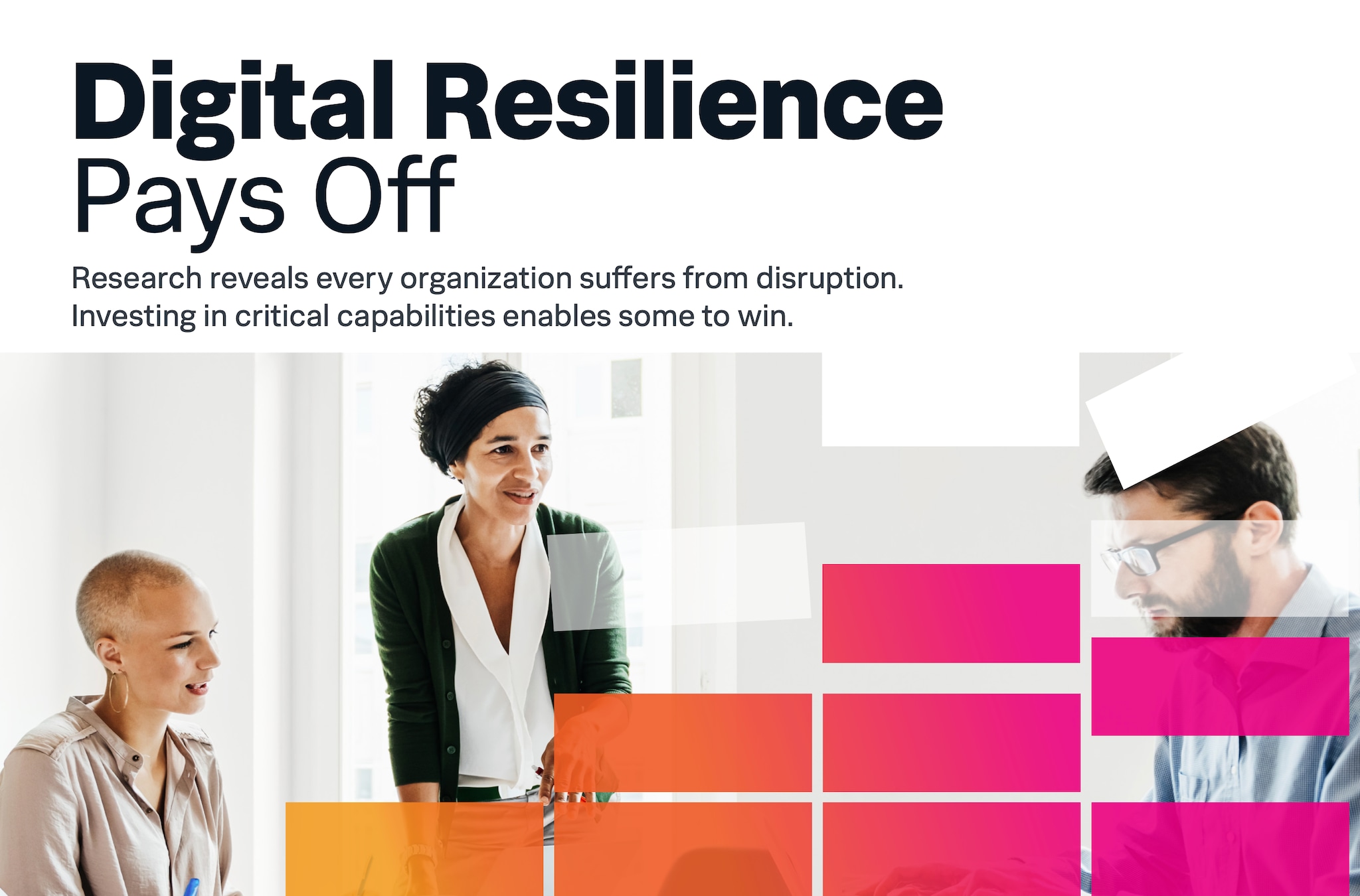Destination: Greater Digital Resilience

England. Ireland. Indonesia. Australia. Back to the U.S. for .conf23 — then off to Italy. Each year, I make it my mission to connect with as many customers, partners and Splunkers as possible and in 2023, I’ve spent more time in airport lounges than I have in my home office.
Why? When it comes to understanding the challenges facing Splunk customers and partners, I go straight to the source.
Countless meetings with CIOs, CTOs and CISOs have revealed a striking trend — to the world’s leading organizations, digital resilience isn’t a fad. It’s mission critical. So much so that many are adding a “Chief Resilience Officer” to their leadership team to focus solely on limiting the impact of disruptions and providing excellent digital experiences.
But building digital resilience is anything but straightforward. It can be difficult to know how to start — or where to take the next step. That’s why at .conf23, we revealed a prescriptive journey based on our experience with the world's largest and most complex organizations, combined with the expertise of some of the smartest minds in security and observability.
We couldn’t be more excited to share this resource with you, or more confident in it. In fact, Splunk’s very own product leaders are aligning our product development directly to this journey.
 Where will your digital resilience journey take you?
Where will your digital resilience journey take you?
Splunk has a clear purpose: To build a safer and more resilient digital world. And for good reason. When we surveyed over 2,100 security, IT and DevOps leaders at large organizations in 11 countries and across more than six industries for our Digital Resilience Pays Off report, we found that the organizations that prioritize resilience save an average of $48 million a year. They’re also two times more likely to be able to adapt to sudden shifts and changes like a global recession.
That means less midnight scrambling to get a critical plant back up and running, or to find and fix an issue that’s keeping customers from clicking “Check Out.” Resilient systems save effort, time, money and reputation. That’s a big deal.
Here’s what greater digital resilience looks like for a few of Splunk’s customers, who hail from every industry across the globe:
- Papa Johns gained end-to-end visibility across millions of weekly transactions and now proactively identifies problems across over 3,200 stores.
- Carrefour responds to security threats three times faster with Splunk, freeing up teams’ time for higher value tasks.
- Rappi slashed MTTR by over 90% all while handling a 300% surge in on-demand orders.
The benefits of resilient digital systems are clear. But where to start?
We’ve created a resource — a roadmap, really — to reference as your organization expands Splunk into new and complementary use cases across security and observability. It will take you from getting visibility to being more prioritized and proactive, ultimately delivering optimized experiences for your end users and customers.
 Tom Casey, SVP & GM, Products & Technology at Splunk, introduces the prescriptive journey to greater digital resilience at .conf23.
Tom Casey, SVP & GM, Products & Technology at Splunk, introduces the prescriptive journey to greater digital resilience at .conf23.
It’s not a one-size-fits-all approach; the journey can (and should) vary greatly by organization size, mission and industry. Rather, it’s a prescriptive guide of where you can focus your efforts and know what to do next.
Read “Supercharge Your Digital Resilience” for our four-step approach on how to help your teams overcome complexities, threats and disruptions as you protect your business and deliver exceptional digital experiences with Splunk.
Furthermore, you can take "The Great Resilience Quest," a gamified, interactive experience, to explore more of the use case insights and amplify your understanding of the path to resilience.
Related Articles
About Splunk
The world’s leading organizations rely on Splunk, a Cisco company, to continuously strengthen digital resilience with our unified security and observability platform, powered by industry-leading AI.
Our customers trust Splunk’s award-winning security and observability solutions to secure and improve the reliability of their complex digital environments, at any scale.




